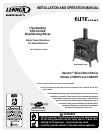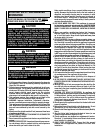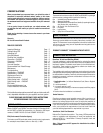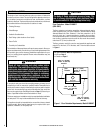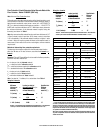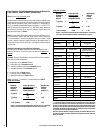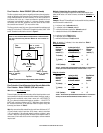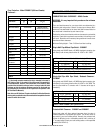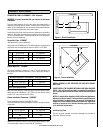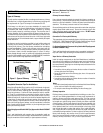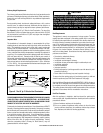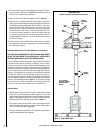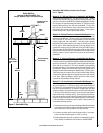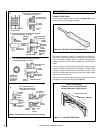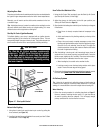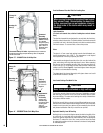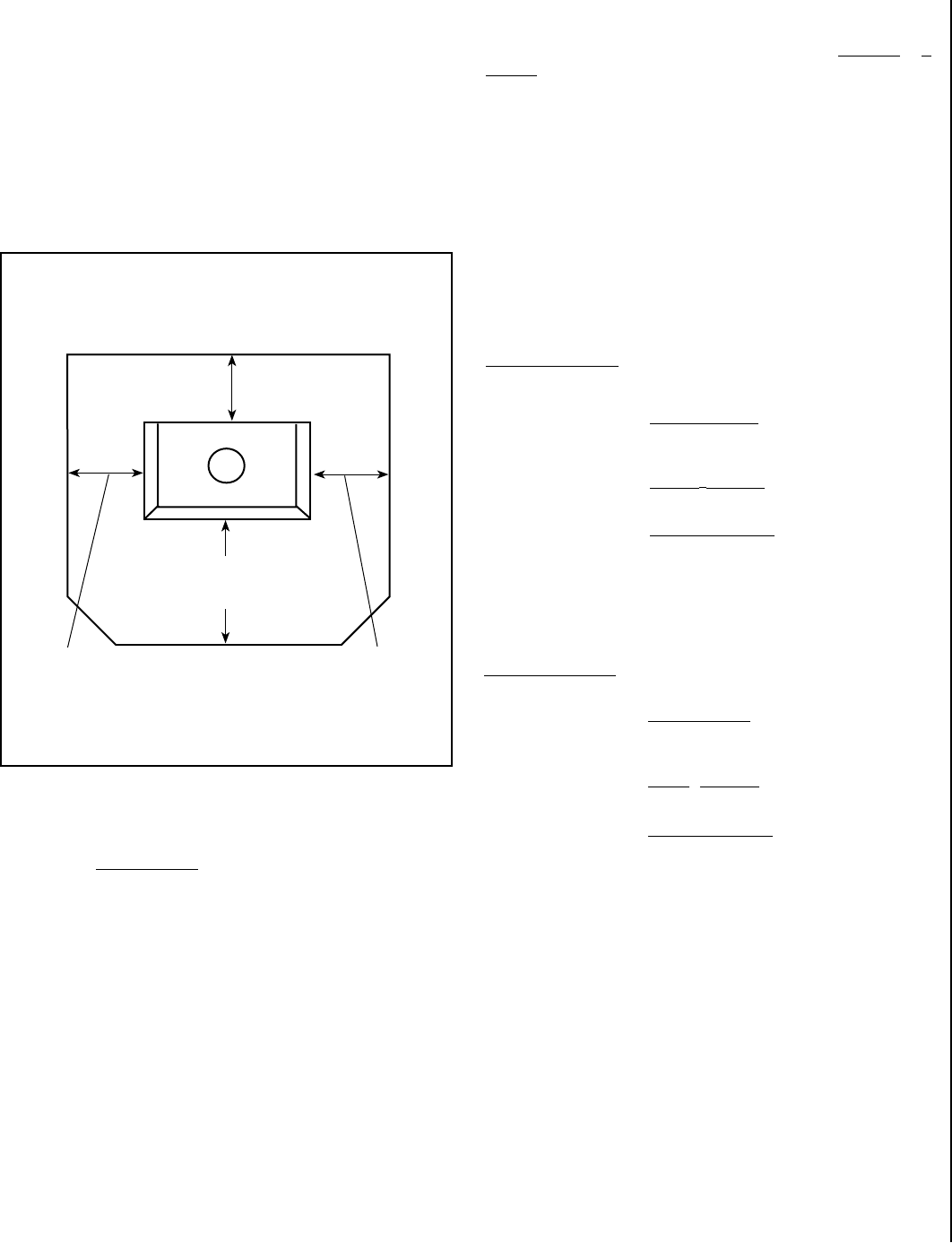
7
NOTE: DIAGRAMS & ILLUSTRATIONS ARE NOT TO SCALE
Note: For Floor Protection Material Requirements in USA and Canada
see Floor Protection Using Alternate Material As Floor Protector on
this page.
Floor Protection - Model CI2000HT (USA and Canada)
The floor protector must meet or exceed the minimum thermal require-
ments as defined on this Page (see Floor Protection / Hearth Extension
Using Alternate Material As Floor Protector). If the floor protection is
to be stone, tile, brick, etc., it must be mortared or grouted to form a
continuous noncombustible surface. If a chimney connector extends
horizontally over the floor, protection must also cover the floor under
the connector and at least 2” (51 mm) to either side.
The floor protector must fully cover the area beneath the appliance and
extend 18” to the front, 5”-USA and 8”-Canada to the sides, and 0”-USA
and 8”-Canada from the back as shown in Figure 2.
USA - 0 “ (0 mm)
Canada - 8” (203 mm)
Minimum
USA - 5” (127 mm)
Canada - 8” (203 mm)
Minimum
Top View
Figure 2- Floor Protection Size Requirements, Model CI2000HT
USA - 5” (127 mm)
Canada - 8” (203 mm)
Minimum
USA - 18” (457 mm)
Canada - 18” (457 mm)
Minimum
Floor
Protector
Stove Back
Stove Front
Floor Protection / Hearth Extension Using Alternate Material As
Floor Protector - Model CI2000HT (USA and Canada)
Note: Also see Floor Protection above .
The hearth pad or alternate material used as a floor/hearth protector must
be constructed of a durable noncombustible material having an equal or
better thermal conductivity value (lower k value) of k =.84 BTU/IN FT2
HR °F or a thermal resistance that equals or exceeds r = 1.19 HR °F FT2
IN/BTU with a minimum thickness of 1/2”. With these values, determine
the minimum thickness of the alternate material required using the
formula(s) and shown in Table 3.
Note:
Any noncombustible material having a minimum thickness of 1/2”
(13 mm) whose k value is less than .84 or whose r value is more than
1.19 is acceptable. If the alternate material used has a higher k value
or lower r value will require a greater thickness of the material used. In
some cases, if the k value is less or the r value higher, a thinner material
may be used.
Minimum k-value (per Inch) of Specified min.
thickness of =
alternate material (k
M
) x thickness
alternate k-value (per inch) of listed
material (T
M
) of listed material (k
L
) material (T
L
)
T
M
(inches) = kM x T
L
*.84
T
M
(inches) = *1.92 x .5"
*.84
1.143 (inches)= 2.286 x
.5"
Answer - The minimum required thickness of the Durock is 1.143" therefore
round up to nearest standard thickness available which is 1-1/4."
Minimum r-value (per Inch) Specified min.
thickness of =
of listed material x thickness
alternate r-value (per inch) of listed
material of alternate material material
T
M
(inches) =
r
L x T
L
r
M
T
M
(inches) = *1.19 x .5"
* .52
1.144 (inches)= 2.288 x
.5"
Answer - The minimum required thickness of the Durock is 1.143" therefore
round up to nearest standard thickness available which is 1-1/4."
Using the r formula:
Methods of determining floor protection equivalents:
To determine the thickness required for the alternate material when
either the "k" value or "r" value is known, use either the k formula or r
formula.
Example: If Durock™ Cement Board is to be used for the floor protection,
how thick must this material be?
k
M
= k value per inch of alternate material
r
M
= r value per inch of alternate material
T
M
= minimum thickness required for alternate material
T
S
= standard thickness of the alternate material
k
L
= k value per inch of listed material
r
L
= r value per inch of listed material
T
L
= minimum thickness of listed material
Note: An asterisk "*" indicates, it is a value taken from Table 3.
Using the k formula:



